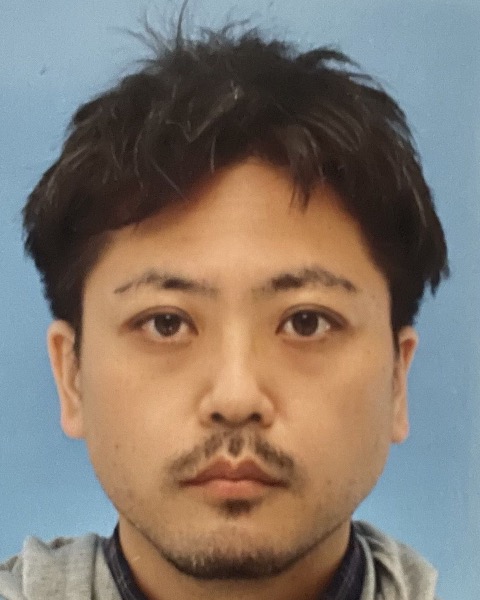Adult Cardiac
Category: Scientific Abstract: Oral/Poster
Incidence and Clinical Significance of Cusp Thickening After the Ozaki Procedure
Y. Hoshino1, H. Hayama2, W. C. Frankel1, S. Unai1, S. C. Harb1, M. Takatoo3, N. Kiyohara3, L. G. Svensson1, J. Rajeswaran4, E. H. Blackstone1, G. B. Pettersson1, S. Ozaki3
1Cleveland Clinic, Cleveland, Ohio 2National Center for Global Health and Medicine, Tokyo, Tokyo 3Toho University Ohashi Medical Center, Tokyo, Tokyo 4Department of Quantitative Health Sciences, Cleveland Clinic, Cleveland, OH, Cleveland, Ohio
1Cleveland Clinic, Cleveland, Ohio 2National Center for Global Health and Medicine, Tokyo, Tokyo 3Toho University Ohashi Medical Center, Tokyo, Tokyo 4Department of Quantitative Health Sciences, Cleveland Clinic, Cleveland, OH, Cleveland, Ohio

Yasuhiro Hoshino, MD
Cleveland Clinic
Cleveland, Ohio, United States
Presenting Author(s)
Disclosure(s):
Yasuhiro Hoshino, MD: No financial relationships to disclose
Purpose: Over 1,400 Ozaki procedures were performed at our institution since 2007. Similar to hypo-attenuated leaflet thickening (HALT) reported after transcatheter aortic valve replacement (TAVR), we have observed cusp thickening after the Ozaki procedure. Our aim was to examine the incidence and clinical impact of cusp thickening after the Ozaki procedure.
Methods: 184 patients between 2014 and 2015 were evaluated by transesophageal echocardiography (TEE) ≤2 weeks after the Ozaki procedure. After excluding 52 patients with inadequate TEE, 132 patients with adequate quality TEE were included. Cusp thickening was defined as new hyperechoic meniscal appearance of the aortic side of one or more cusps compared with the intraoperative appearance, with or without restricted motion (computed tomography scans were not routinely performed). We retrospectively examined the incidence of cusp thickening along with associated patient characteristics, longitudinal echocardiographic parameters, anti-thrombotic regimen, and clinical outcomes. We used random forest (classification) to identify factors associated with cusp thickening. We used non-linear mixed effects and Kaplan-Meier non-parametric modeling to analyze longitudinal responses and time-to-events. Routine postoperative anti-thrombotic therapy after the Ozaki procedure included low dose aspirin for 6 months in the majority of patients (~90%) and warfarin in some patients for specific indications. Median follow-up was 6 years.
Results: 18 of 132 patients (14%) had evidence of cusp thickening on postoperative TEE (Figure). Higher preoperative mean gradient, smaller aortic root size, higher total cholesterol and low density lipoprotein levels, and female gender were associated with increased risk of cusp thickening. At the time of initial TEE assessment, 89% of patients were on aspirin and 14% were on warfarin. Identification of cusp thickening did not prompt escalation of anticoagulation regimen. No patient with cusp thickening developed ischemic stroke or myocardial infarction, and there was no significant difference in the risk of all-cause mortality (P[log-rank] = .44) or aortic valve reoperation (P[log-rank] = .56) between groups. Cusp thickening was not associated with more aortic valve regurgitation or higher gradients. Mean aortic valve gradient at 5 years in patients with and without cusp thickening was 7.0 and 7.4 mmHg, respectively (P = .68).
Conclusion: Cusp thickening, similar to HALT reported after TAVR, was observed in 14% of patients after the Ozaki procedure but was not associated with adverse clinical outcomes or worse valve hemodynamics in the short- or mid-term.
Identify the source of the funding for this research project: Study funded in part by the Peter and Elizabeth C. Tower and Family Endowed Chair in Cardiothoracic Research, James and Sharon Kennedy, the Slosburg Family Charitable Trust, and the Stephen and Saundra Spencer Fund for Cardiothoracic Research.
